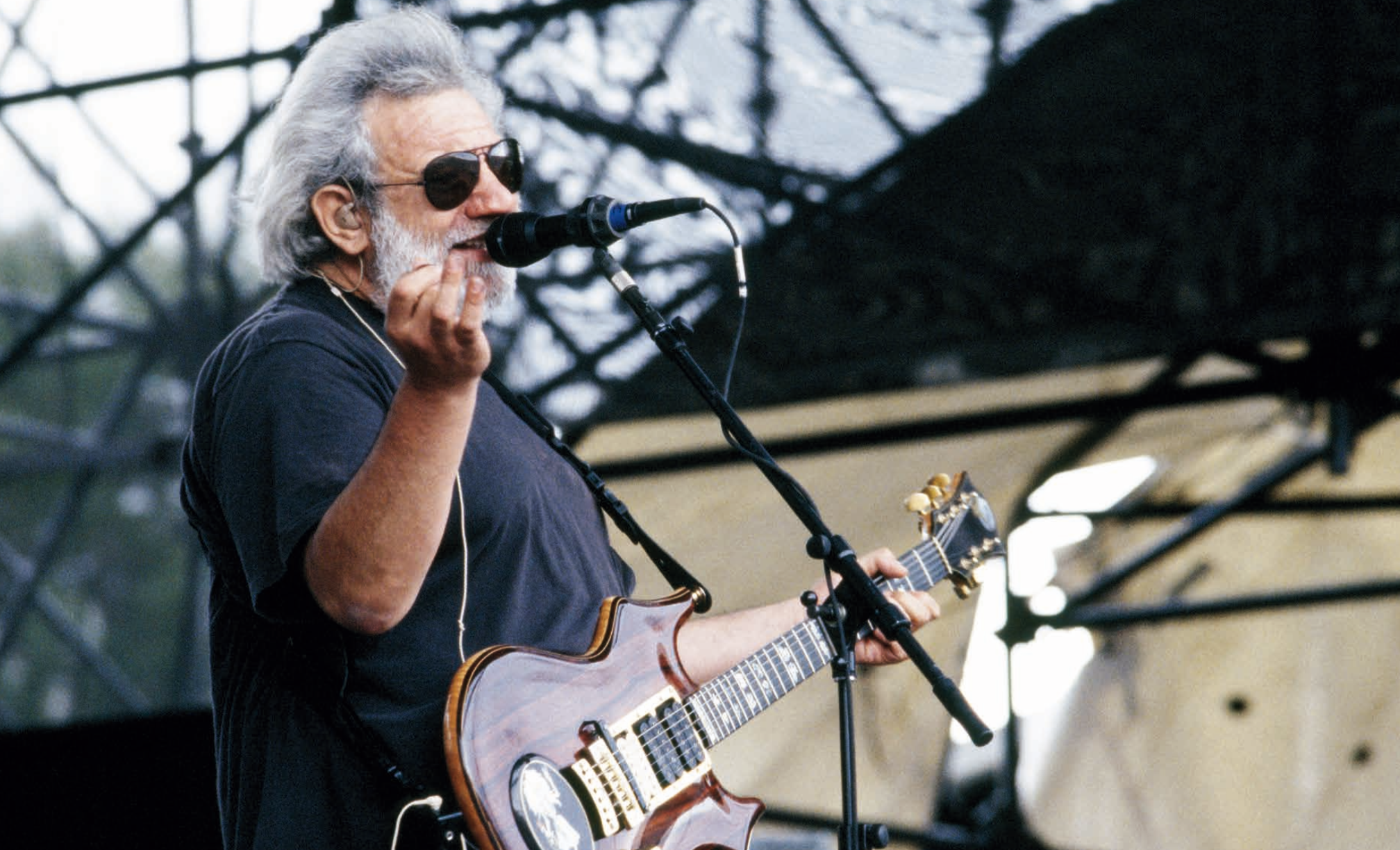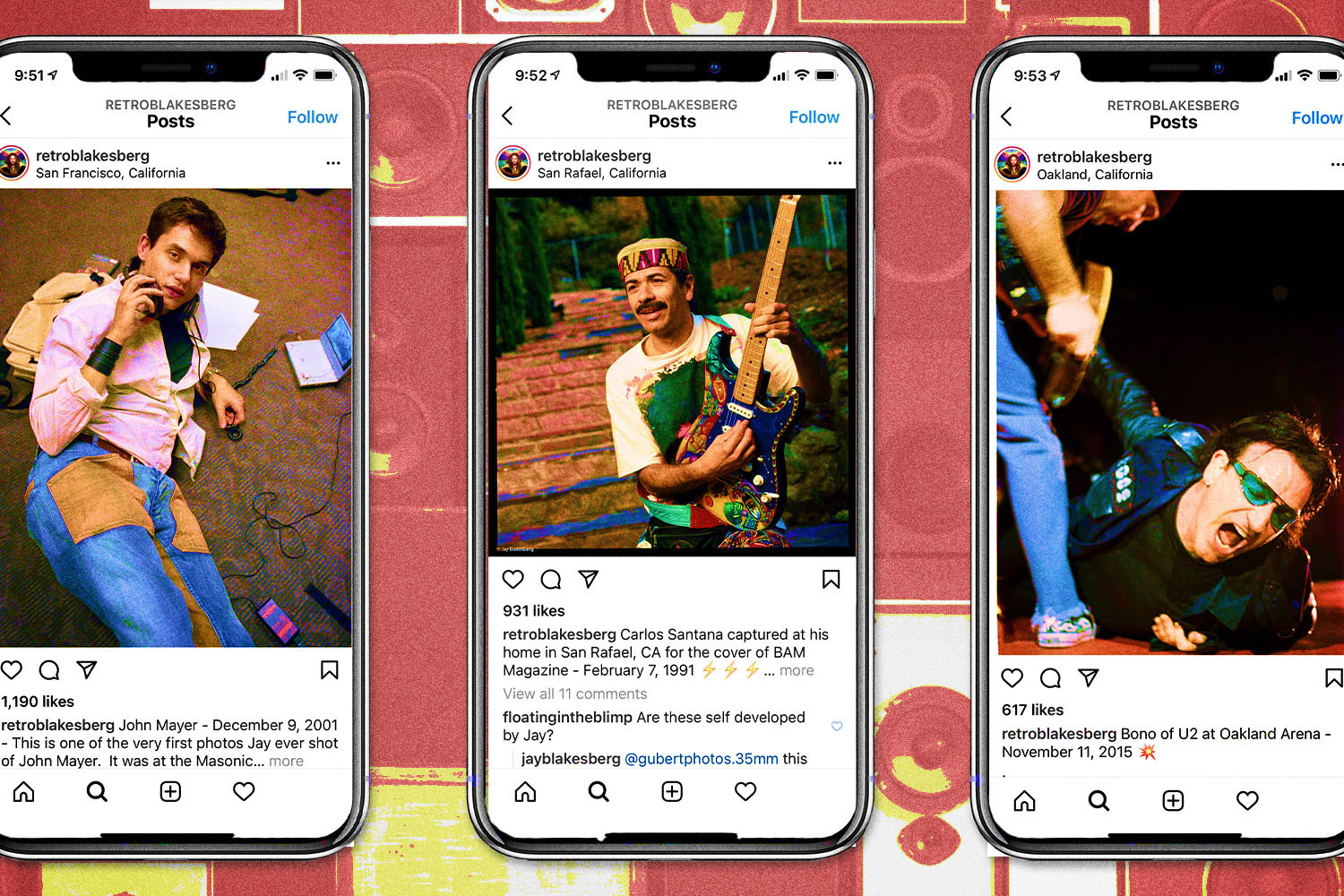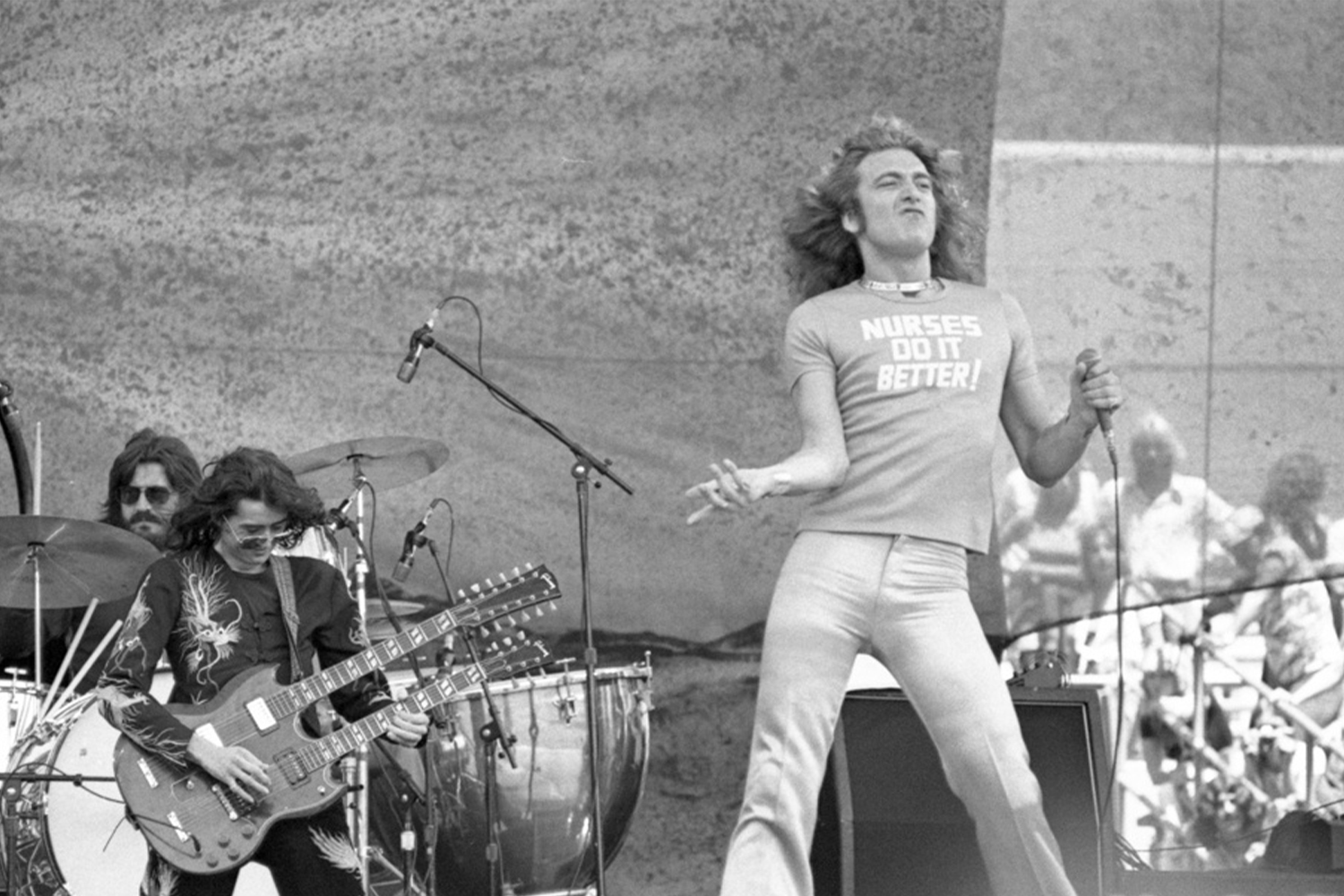Update, 11/19/21: According to a statement released by his family and posted to his Twitter account, Mick Rock has died at the age of 72. “It is with the heaviest of hearts that we share our beloved psychedelic renegade Mick Rock has made the Jungian journey to the other side,” the statement reads. “Those who had the pleasure of existing in his orbit, know that Mick was always so much more than ‘The Man Who Shot the 70s.’ He was a photographic poet — a true force of nature who spent his days doing exactly what he loved, always in his own delightfully outrageous way.”
Mick Rock still has the rock ‘n’ roll look, even though he’s now well into his seventies. But that’s entirely appropriate. The British-born, New York-based photographer helped define the city’s music scene in its one true golden age, shooting iconic images of Iggy Pop, Bryan Ferry, Syd Barret and Lou Reed — for whom he shot the album cover of Transformer. He shot the same for Queen II and for David Bowie’s Pin-ups.
Indeed, Rock would become Bowie’s unofficial photographer, making the videos for “Space Oddity” and “Life on Mars.” And then, latterly, there’s been Daft Punk, Snoop Dogg and the cover of Miley Cyrus’s latest album. “Less of the stuff about me being ‘part of rock history’ please,” he insists. “I am still working, you know.” A compendium of his best work, Shot! is due out later this year.
But while Rock may have once resented his association with a bygone era, he also recognises that it has brought him both a healthy income — amid the heady excesses of the ‘70s, he was always conscious enough to retain his copyright — and credibility. “It’s funny how photography then just wasn’t considered an art form. But it is now,” he smiles.
In fact, in the rock scene of 50 years ago, Rock found his perfect metier. He had studied languages and literature at Cambridge University and resonated with the symbolist poets, those rebellious, romantic types who tended to live fast and die young before the idea was invented. Then he got to explore hedonism and image-making with their 20th-century equivalents.
And he’s still true to them so many years later. There won’t, he insists, ever be a tell-all autobiography. “I just wouldn’t want to deal with all of the hassles from the likes of Lou in the afterlife,” he laughs.

InsideHook: Tell us your name is made up. It’s too good to be true.
Mick Rock: I have been asked that a few times over the years, as though I’ve made it up or something. Lou Reed would always say, “I know your name’s not really Rock. It’s Rockheimer and you’re from Long Island.” He was talking about himself really. But my name is just the way it turned out. It’s not like I had much to do with it. It’s not a showbiz name but it works. It brings me close to it all but not too close — I just take the pictures.
You even look the part, with your penchant for permanent sunglasses and your big hair…
I don’t think it would have worked for me to be bald. I think I’ve always needed a bit of hair to frame my boat race [face]. It’s odd but you can’t quite picture Bowie or Iggy without hair and still being “Bowie” or “Iggy” either. Hair is part of the things that define a generation and I do think I’ve very much a child of my generation. It wouldn’t have worked if I’d have been born more recently. I’d just be that bloke Mick Rock who hangs out down the barrio sometimes. But I was never going to get a proper job, and that way of thinking wasn’t so easy in 1970. Photographers were considered fairly low down the list [of respectable work]. My mother certainly didn’t think it was a proper job.
You certainly lived the life — the cigarettes and drink and lots and lots of drugs. You had a quadruple heart bypass in the end. Are you surprised you made it?
Well nearly dying does seem to change things. I wouldn’t just say I lived excessively, though I did a lot of cocaine, LSD and so on. But it’s not so seamless. I also mixed that in with not sleeping and not eating, because I was into any means of getting high, whatever would jump me up a little bit — yogic breathing, yoga, breath retention, habits that came from the East. Those altered states definitely helped me develop my eye. It was a lot about the drugs, but not just bout the drugs so much as the wider culture. I did shoot a bunch of still lives at one point. Someone once pointed out that if I wasn’t so into drugs I wouldn’t have been remotely interested in carrots and eggs and whatever else I shot. Probably that entire era would not have been what it was without all that experimentation.
What made you so much part of the progressive rock scene of that era?
I didn’t set out to become a photographer. I wasn’t in it for the money because there wasn’t much. I just wanted to do it. I just pointed a camera and talked, and that worked. Of course, I was looking. You have to do quite a bit of looking as a photographer. That’s part of the deal. And all these characters kept tumbling in front of my lens. But I don’t think that means it was luck that I was in the right place at the right time. I think these things are written somewhere. Just because you didn’t design these moments, you still have to put out the right energy. I can’t think of how it could have been any other way.
So what made it all work?
It helps if you can develop friendships with your subjects. And a lot of photography is about communication. I had an actor friend who had this book An Actor Prepares by Stanislavski, the godfather of method acting, and he would talk about going into the raw space and building the circle of concentration. And it seems like I was good at containing [the energy] and after that the pictures would almost take themselves.
Interest in the pop and rock culture of the 1970s seems to greater than ever now, 50 years on. Why is that?
Some clever geezer once called me “the man who shot the 70s.” I didn’t like that at first because at that stage I was working to try and bring myself back and my reputation for high-wire juggling had got ahead of me, so I wasn’t working. But, yeah, it amazes me how in demand images from that period are, how fertile it is. But I was smart enough to retain copyright on my images, and I’m lucky to have my Mona Lisa. In fact I have three of four Mona Lisas, although the Mona Lisa is in the public domain, so anyone can have a bit of it. If you have a bit of my stuff I’ll sue the living daylights out of you. I’ve been offered millions for my archive. Why not cash in and do a Bob Dylan? Well if it was worth that much I might be tempted. I’ve thought about it, but it’s not going to happen right now.
Presumably it was an incredibly exciting time, being around these great creatives …
It really was. Lou Reed was a complex person. It was partly an act. He could be caustic, but also kind. He was sweet — if you were his friend. But he was super bright. He’d been to Syracuse, a good university, so he was into more esoteric things, and he could discuss them with anybody. David [Bowie], in contrast, was not so formally educated, but he read anything he could get his hands on. He was constantly stimulated, constantly interested. So being around them you got to know a lot. Going to Cambridge you got to be with the kind of people who knew a lot about one subject. But those kind of people are sometimes disconnected from anything else. Being around the people I was I felt disconnected from reality. It was an amazing time.
You’re best known images tend to be of men. Do your shots of women get overlooked?
Well there’s the erotica I’ve shot, but I don’t suppose you mean that. And that’s erotica, not porn, OK? Because I don’t do pornography. I have a daughter and don’t want her thinking her father is a dirty old man. It wasn’t until I moved to New York that I started to shoot the women — Debbie Harry, Carly Simon, Joan Jett. If you’re with a bunch of boys, as I often was, well, it would always get a bit loud. That was the latent yob in me. So shooting women was always a bit different.
Any favorites?
Someone like Debbie was just so enormously photogenic — David and Debbie, those were the two that you couldn’t really take a bad picture of either of them. I always thought of Debbie as the Marilyn Monroe of rock ‘n’ roll — not of punk, which she was associated with. She was bigger than punk. And Madonna was, well, she’s Madonna. I took half a dozen shots of her back when she was still raw, when she hadn’t even plucked her eyebrows. There are other shots but the thing that’s fucked up is that I can’t find them. I saw them in my archive just before I moved — but that was 20 years ago. I really have to find them …
This article was featured in the InsideHook newsletter. Sign up now.





















